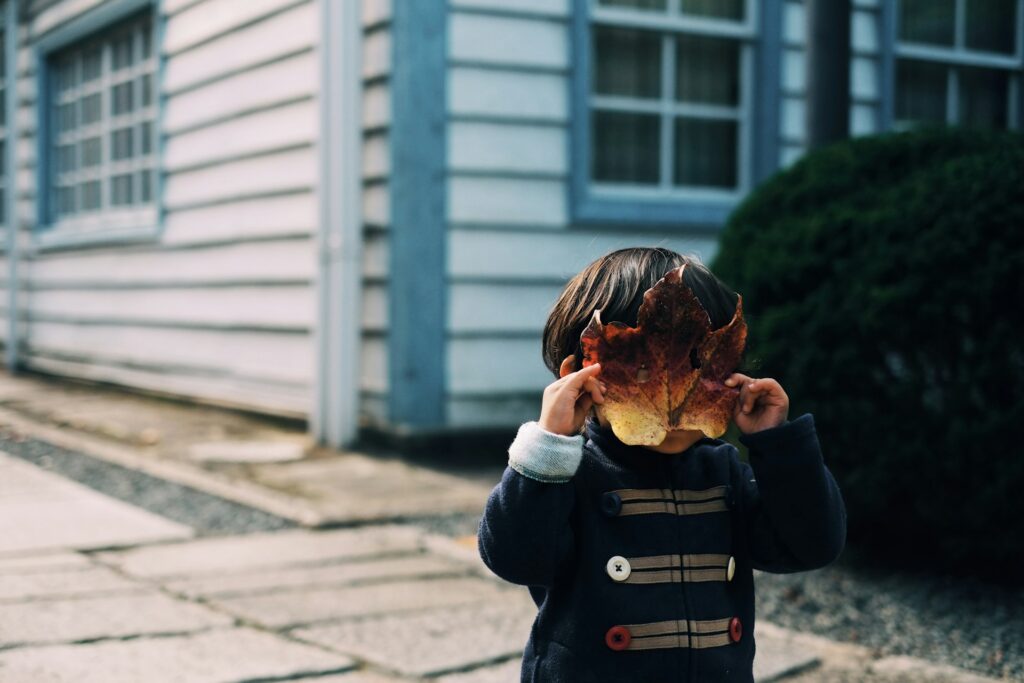The Census Bureau just sent its Statistics in Schools materials to every principal, public and private, in the country. The mailout will contain three colorful large wall maps and a booklet containing information on the program including a take home letter for students to share with their family. They should arrive between January 21 and 31.
Now it’s your turn. Please ask all your teachers to use these materials and to send home the take home flyer. You can also check them out at census.gov/schools/getinvolved.
When schools use these materials in the classroom, it helps bring in more funding for the schools and money for programs that get kids ready for schools. How? Well, Title I funds for low income schools are allocated based on the number of k-12 children you have in your community, and special education funds are allocated based on the number of 3-21 year olds you have. Funding allocations for programs that help get kids ready to learn, like WIC, child care, Children’s Health Insurance Program, Medicaid, and many others, are also based on the census data in your community and your state. (Teachers and principals are used to thinking about attendance data affecting funding, but that data is used to allocate money among schools in the district; counting kids brings more money to the district.) So making sure every child is counted helps get kids ready to learn, and helps schools have the resources they need to teach.
The Statistics in Schools materials teach children about the value of census surveys, which helps get young kids counted in three ways; many school children have younger siblings at home, some teens in school have babies, and children who are the only English speakers in their families will translate the information and help fill out the census.
The Statistics in Schools materials include a flyer kids can take home to their parents to teach them about the census and why they should count their kids. We know that in 2010, one of three households with children in school saw and remembered these materials.
You can also start planning for Statistics in Schools Week in your school; that will be the first week in March.
The first mailings for the census go out March 12, in less than two months. Now is the time to teach children about the census, so they and their families know it matters to count their kids when the census arrives.








